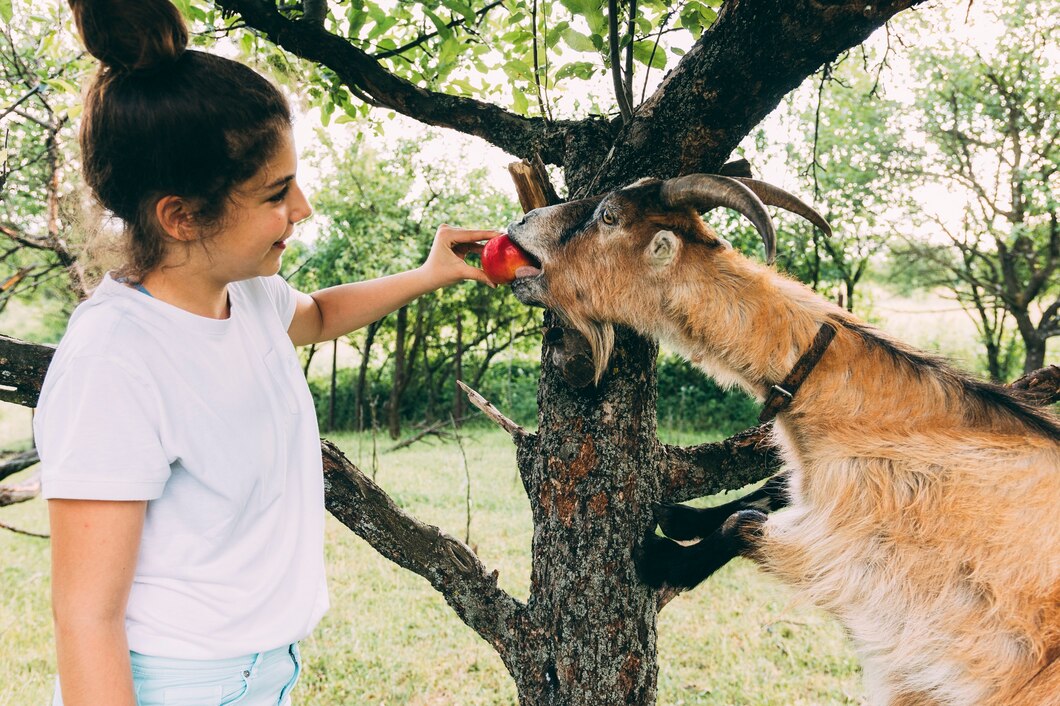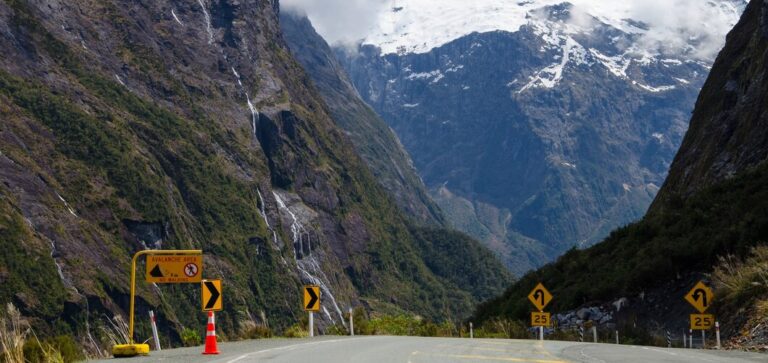How To Visit Nara Park: Feeding Friendly Deer In Japan
Nara Park, located in the historic city of Nara, Japan, is renowned for its tranquil landscape and the friendly deer that roam freely throughout the park. As one of Japan’s oldest parks, Nara Park offers visitors a unique opportunity to interact with these gentle creatures in a natural setting. The park’s combination of historical sites, lush greenery, and wildlife makes it a must-visit destination. This guide will help you make the most of your visit to Nara Park, including tips on feeding the deer and exploring the park’s attractions.
Getting There
Traveling to Nara Park
Nara Park is easily accessible from major cities like Kyoto and Osaka. To reach Nara Park:
- From Kyoto: Take the JR Nara Line from Kyoto Station to Nara Station. The journey takes about 45 minutes. From Nara Station, it’s a 15-20 minute walk to the park or you can take a local bus.
- From Osaka: Take the JR Yamatoji Line from Osaka Station to Nara Station. The trip takes approximately 45 minutes. You can also take a Kintetsu train from Osaka’s Namba Station to Kintetsu Nara Station, which takes about 40 minutes. Nara Park is about a 5-10 minute walk from Kintetsu Nara Station.
Best Time to Visit
Seasonal Considerations
The best times to visit Nara Park are during the spring (March to May) and autumn (September to November) when the weather is pleasant and the scenery is at its most beautiful. Spring brings cherry blossoms, while autumn offers vibrant foliage. Summer can be hot and humid, while winter is colder but less crowded.
Optimal Visiting Hours
Nara Park is open year-round and is generally accessible throughout the day. To avoid crowds, visit early in the morning or later in the afternoon. The park’s main attractions, such as Todai-ji Temple and Kasuga Taisha Shrine, have specific visiting hours, so plan your visit accordingly.
Feeding the Deer
Understanding the Deer
Nara Park is home to over 1,000 wild sika deer, which are considered sacred in Shinto religion and have lived in the park for centuries. These deer are accustomed to human interaction and are generally friendly, though it’s important to approach them respectfully.
Feeding Guidelines
To feed the deer, purchase special deer crackers, known as “shika senbei,” from vendors located around the park. These crackers are specifically made for the deer and can be found at various kiosks. When feeding the deer:
- Observe the Deer’s Behavior: Approach the deer calmly and gently. Allow them to come to you rather than chasing them.
- Feed Responsibly: Offer the deer small pieces of cracker and avoid feeding them any other types of food, which could harm their health. Hold the cracker out in your hand and let the deer take it from you.
- Avoid Aggressive Behavior: While the deer are generally friendly, avoid sudden movements or loud noises that could startle them. Do not attempt to pet or touch the deer, as they are wild animals and may react unpredictably.
Exploring Nara Park
Key Attractions
Nara Park is home to several notable attractions in addition to the friendly deer:
- Todai-ji Temple: Home to the Great Buddha (Daibutsu), Todai-ji Temple is one of Japan’s most famous Buddhist temples. The temple’s massive bronze statue of Buddha is a highlight, and the surrounding grounds are a beautiful place to explore.
- Kasuga Taisha Shrine: This Shinto shrine is renowned for its hundreds of stone lanterns and bronze lanterns that line the paths leading to the shrine. The lush forest surrounding the shrine adds to its serene atmosphere.
- Nara National Museum: Located within the park, the museum features a collection of Japanese art and cultural artifacts. It provides additional context to the historical and cultural significance of Nara.
Enjoying the Park
Take a leisurely stroll through the park’s expansive grounds, enjoy a picnic under the trees, or relax by the scenic ponds. The park offers ample space for walking and observing the deer in their natural habitat.
What to Bring
Essentials for Your Visit
- Comfortable Footwear: Wear comfortable walking shoes, as you will be exploring the park and its attractions on foot.
- Weather Protection: Bring weather-appropriate clothing, such as a hat and sunscreen for sunny days or a raincoat for rainy weather. An umbrella can also be useful for shade or rain.
- Cash: Carry cash for purchasing deer crackers and other small expenses, as some vendors may not accept credit cards.
Cultural Etiquette
Respecting the Wildlife
- Respect the Deer: Treat the deer with kindness and avoid actions that could cause them distress. Follow the feeding guidelines and respect their space.
- Clean Up: Dispose of any trash properly and avoid leaving food scraps behind, as this can attract unwanted pests and disrupt the environment.
Nearby Attractions
Extending Your Visit
- Naramachi: The historic district of Naramachi offers a glimpse into traditional Japanese architecture and culture. Explore preserved buildings, quaint shops, and charming streets.
- Yoshikien Garden: A traditional Japanese garden located near Nara Park, Yoshikien Garden provides a peaceful retreat with beautiful landscape features and seasonal flowers.
Conclusion
Visiting Nara Park offers a unique and enriching experience, combining interaction with friendly deer and exploration of historical and cultural landmarks. By following the guidelines for feeding the deer and exploring the park’s attractions, you can make the most of your visit to this beloved destination. Nara Park’s blend of natural beauty and historical significance ensures a memorable and enjoyable experience for all visitors.







